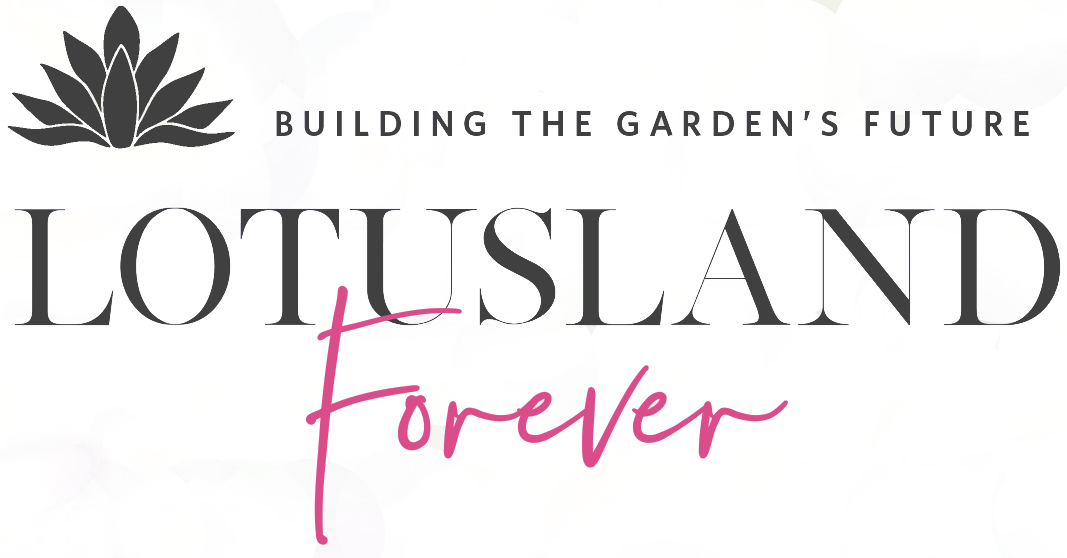
CAPITAL IMPROVEMENTS
Lotusland is the living legacy of Ganna Walska, inspiring people through its unique garden design, horticulture, and physical spaces. Lotusland’s main house was built by famed California architect Reginald Johnson in 1919. Today it is home to our bustling administrative offices and meeting space.
Outbuildings constructed by the master of Santa Barbara Spanish Colonial Revival architecture, George Washington Smith, with help from Lutah Maria Riggs, are in need of restoration and renovation.
While Lotusland is known primarily for its remarkable plant collections, the main house and its outbuildings are historically significant and notable in their own right. Standing for more than 100 years, the architecture is in need of care, both to protect and enhance the spaces as functional structures and to improve the daily experience for guests and staff.
The Lotusland Forever campaign will impact these historic buildings, with both visible restoration and behind-the-scenes infrastructure improvements. Once these enhancements are complete, the legacy of the famed architects who designed these structures will be preserved, and character-sensitive renovations will allow for better use of and access to these important historic buildings.
Capital improvements will incorporate a variety of innovative sustainable building materials, concepts, and practices to reduce impact on the environment and minimize our carbon footprint.
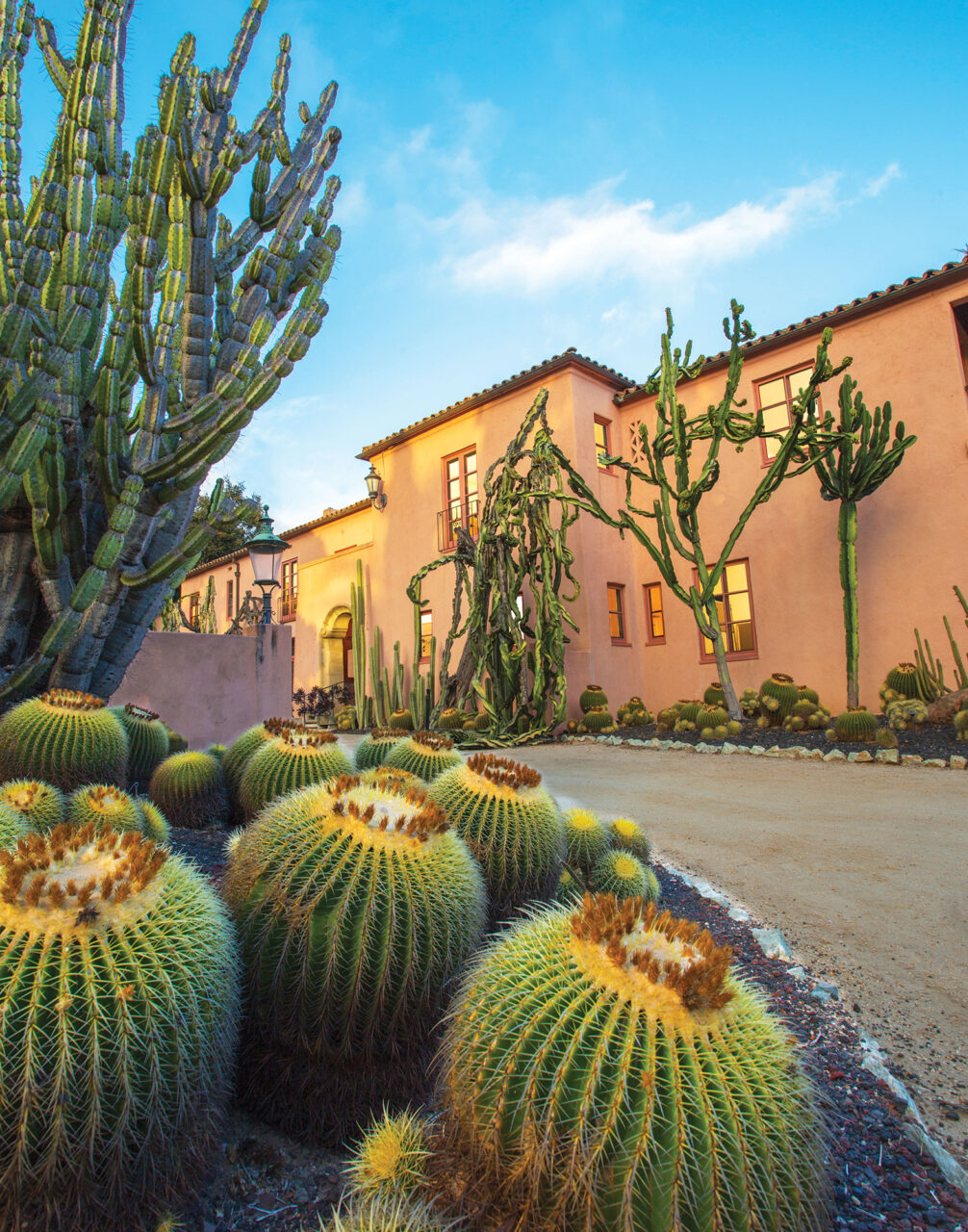
PRIORITY:
The Pavilion & Pavilion Patio Restoration
The Pavilion, built in 1925, was Ganna Walska’s preferred residence and her personal artifacts remain housed here. This space serves as the Gallery on property for exhibitions and special projects. The adjoining Pavilion Patio is a timeless architectural masterpiece designed by George Washington Smith and Lutah Maria Riggs. The Pavilion and Pavilion Patio require significant investment in order to mitigate years of water intrusion and subsequent damage. Once remediation work is complete, the entrance to the Pavilion will be reconfigured to improve accessibility. Additionally, a climate control system will be installed in order to protect and preserve Madame Walska’s personal collections to allow for art and artifacts to be displayed and stored in a proper showcase.
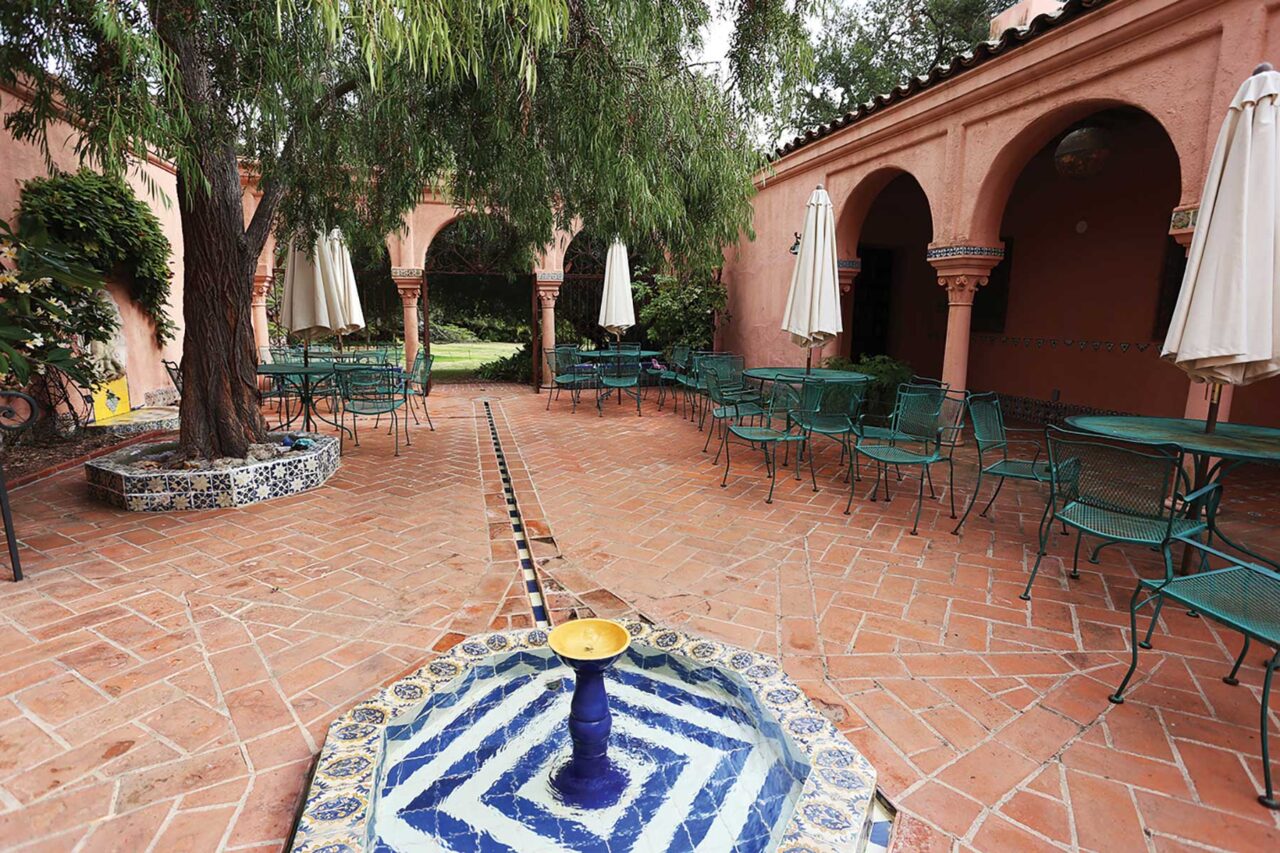

ENVIRONMENTAL STEWARDSHIP
After more than two decades of organic gardening, Lotusland is a leader and model of successful biodiversity, built by incorporating best practices and ideas that encourage compatibility among diverse organisms.
With its thriving plant healthcare, Lotusland has become a preeminent center for plant conservation, and two of the Garden’s primary areas of focus are practicing and teaching sustainable horticulture. Looking to the future, the Garden seeks to make improvements to its sustainable program, including more self-sufficient water systems, adding solar power and installing charging stations for volunteers, staff, and visitors. The resulting “greening” will take Lotusland to the next level in its commitment to environmental stewardship.
A priority of the Lotusland Forever campaign is to undertake a comprehensive study of natural resource use, to ensure all future improvements and enhancements to the property harness and optimize the natural elements.
Lotusland is a living museum and a densely rich natural environment that serves as an important place for human and environmental health and wellness.
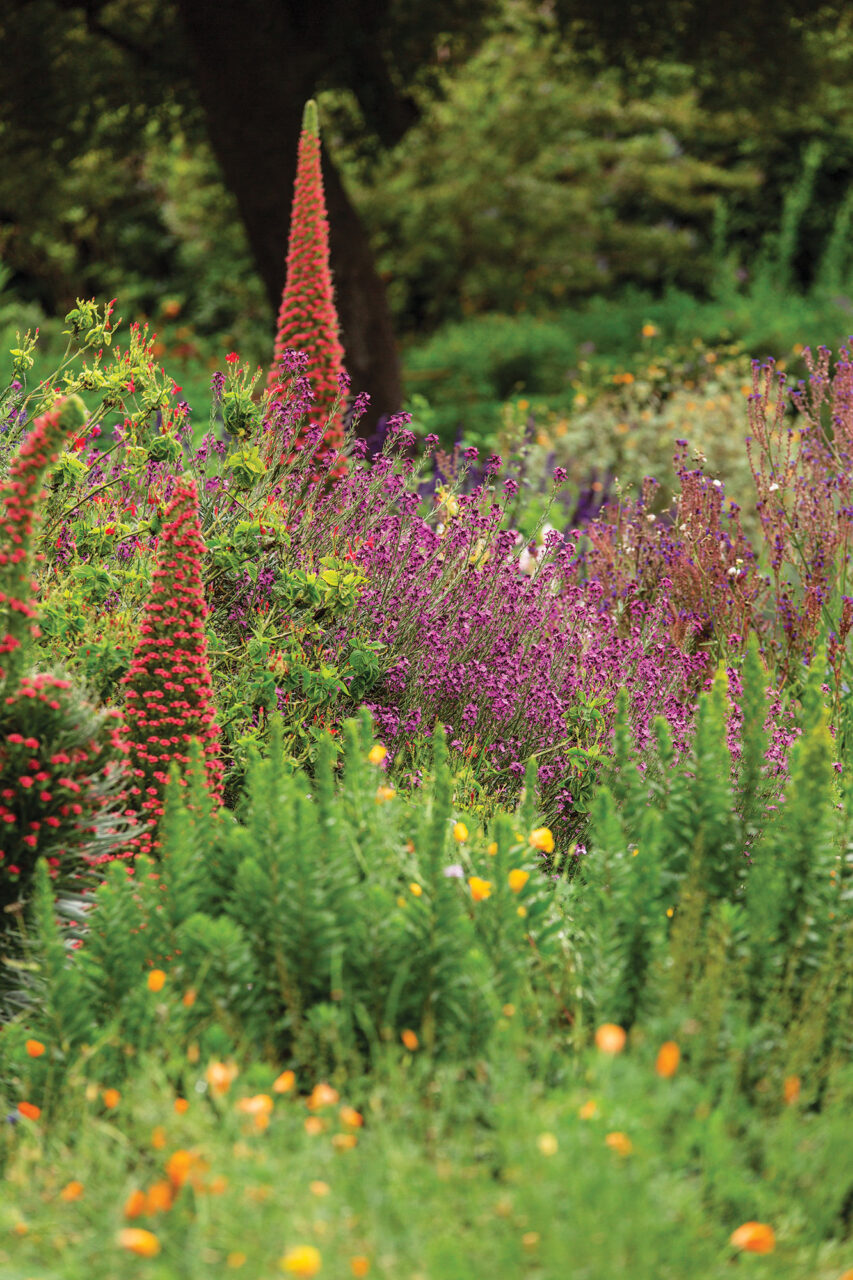
PRIORITY:
Installing a Solar Array & Vehicle Charging Stations
An integral part of the Lotusland campaign is adding onsite photovoltaic solar panels which are expected to generate enough electricity to meet energy needs on an annual basis of the Garden’s electricity usage and reduce the Garden’s carbon footprint. Additional planned improvements towards a green campus include charging stations to be installed in both the visitor and staff parking areas to encourage the use of electric vehicles. Bike access will be promoted with the addition of bike racks to encourage guests to arrive by bicycle.


THE NON-LIVING COLLECTIONS
Madame Ganna Walska called herself an “Enemy of the Average” and continually pushed the limits of the status quo. Over her lifetime she acquired decorative arts collections alongside the rare plants in the Garden. Conservation of these non-living collections will protect historic photographs, couture, archives, jewelry and memorabilia.
In addition to the remarkable assemblage of rare plants that Ganna Walska left to Lotusland is a less known, but equally important collection of Madame’s library, correspondence, scrapbooks, costumes, paintings and artifacts.
The Garden also features a notable collection of handcrafted tile, ornaments, pots, and statuary that are currently exposed to the elements and in need of preservation. These non-living collections tell the story of Lotusland and of its creator and are of particular historical significance.
The Lotusland Forever campaign will provide the funding needed to conserve, preserve and restore delicate archival and garden ornament collections so that they can endure and be available for future study and enjoyment.
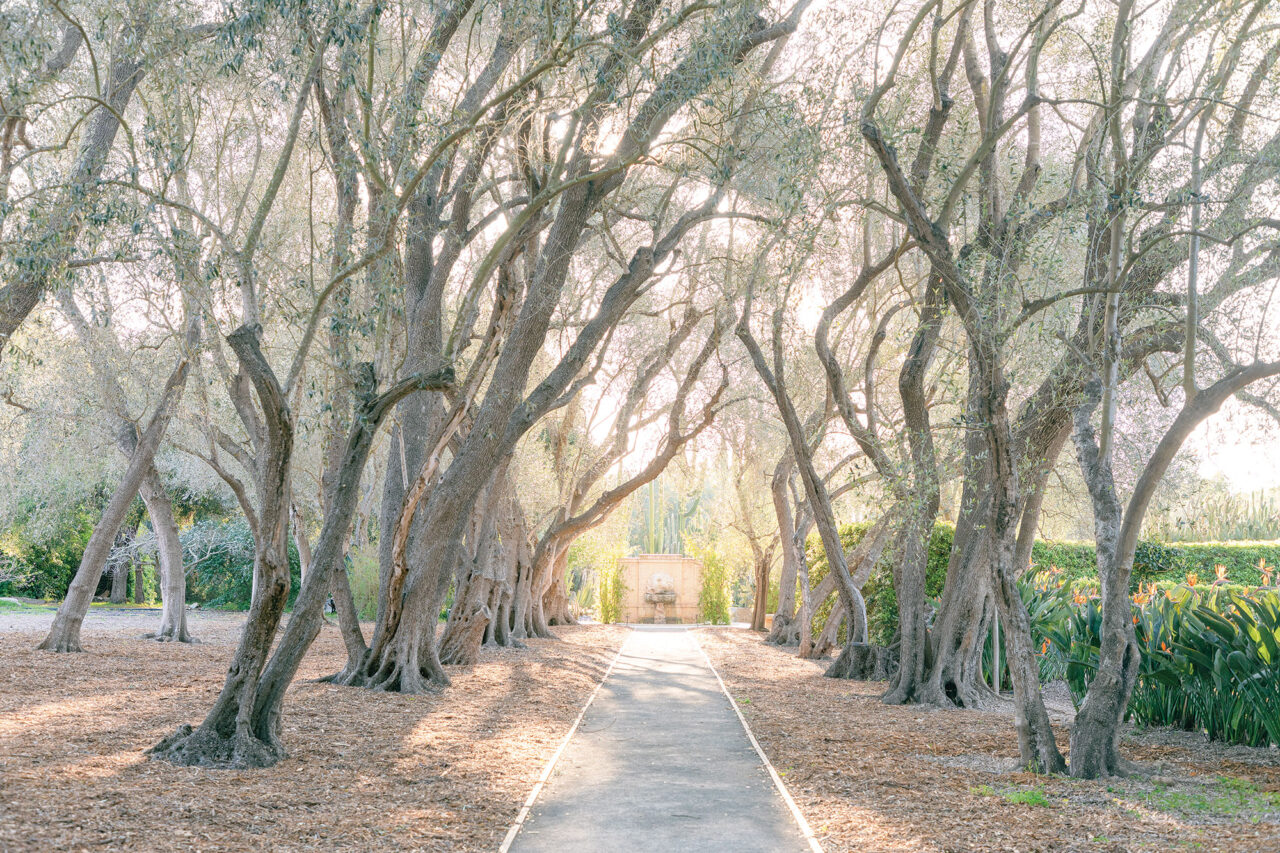
PRIORITY:
Preserving the Grotesques
During World War II, Madame Ganna Walska fled France to the United States, leaving behind many belongings, including these antique stone figures. After the war, she was able to retrieve them and make them a feature of Lotusland’s Theatre Garden. Called “grotesques,” they are believed to be fashioned after engravings of “Gobbi” (literal translation: “Grotesque Dwarves”) made by French artist Jacques Callot in the 1600s. Madame Walksa referred to them as “Venetian figures.” All stir the imagination and give character to the Theatre Garden. These Grotesques and all of the artifacts of the estate, are exposed to the elements and are deteriorating due to age and exposure. They will soon be beyond repair if not restored and conserved.
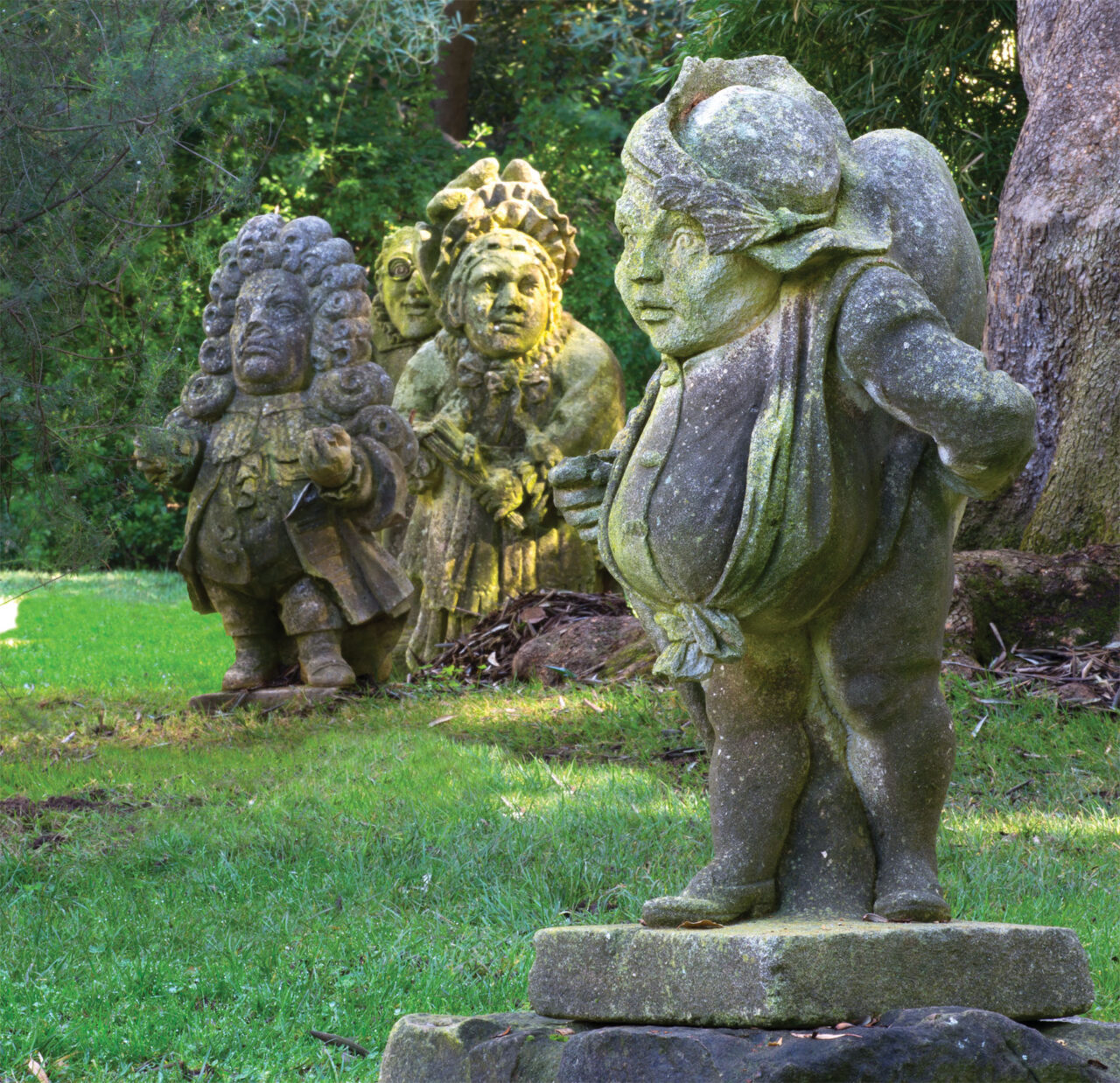

THE LIVING COLLECTION
Lotusland is committed to being a leader in conservation. Madame Walska began collecting rare plants as early as 1950. After her death, the Board of Trustees committed to pursuing the highest standards of plant collection and display. Today Lotusland has received a Convention on International Trade in Endangered Species of Wild Fauna and Flora (CITES) certificate and is an official Plant Rescue Center for the U.S. Fish and Wildlife Service.
According to the International Union for Conservation of Nature and Natural Resources (IUCN) the world’s largest and most important conservation network, as many as one in every eight species of plants is threatened with extinction worldwide. Each year the IUCN publishes a list ranking thousands of plants as vulnerable, endangered, critically endangered, extinct in the wild or extinct.
Botanic gardens play a crucial role in preserving these plants either in their native habitats or propagated in gardens. Lotusland is one such botanic garden and is home to over 950 species whose native populations are faced with habitat loss or over-collecting and are thus restricted from collection and international trade. These plants are displayed and studied at Lotusland in an effort to foster increased knowledge and appreciation of the importance of plants and the need for their conservation.
Master planning is underway and will guide the next phase of growth for the Garden. The Lotusland Forever campaign will provide investment in the long-term sustainability of each of Lotusland’s distinct gardens both through endowment funding and capital improvements that help preserve the living collection.
Capital and collections care will harness natural resources to help Lotusland continue our commitment to preservation and conservation, while modernizing for our future with the latest in green building, technical and sustainable practices.
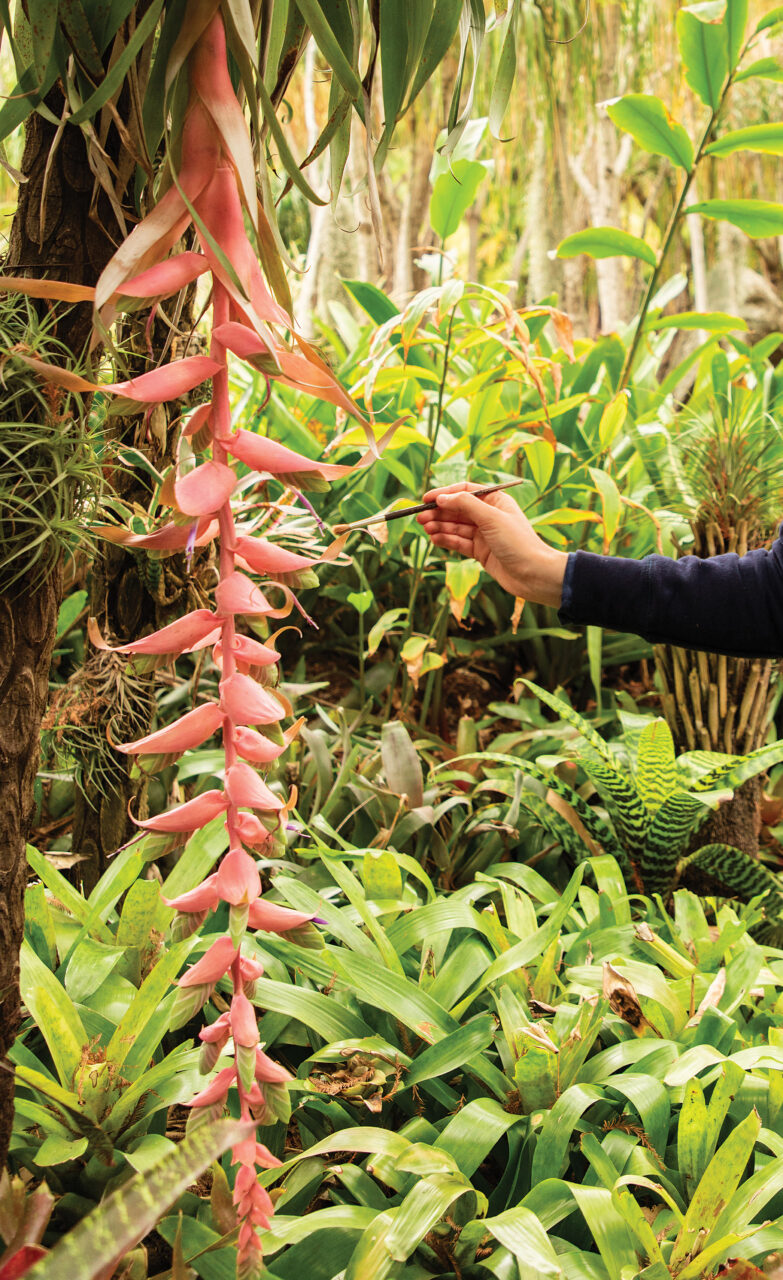
PRIORITY:
Revitalized Nursery
A world-renowned botanic garden requires a world-class nursery. Lotusland’s Nursery is decades old, and has served as home to many of the plants that make up the incredibly diverse living collections. Rare and threatened plants arrive as seeds and are nurtured to maturity in the nursery. The new Lotusland Nursery will include multiple growing and propagating environments; climate control and a cooling mechanism; space for plant propagation; and more. Enhanced security, an attached administrative office, plus a laboratory and clean room will be added, with a dissecting microscope and freezer for long-term storage of valuable seeds and pollen, central to our work in plant conservation.
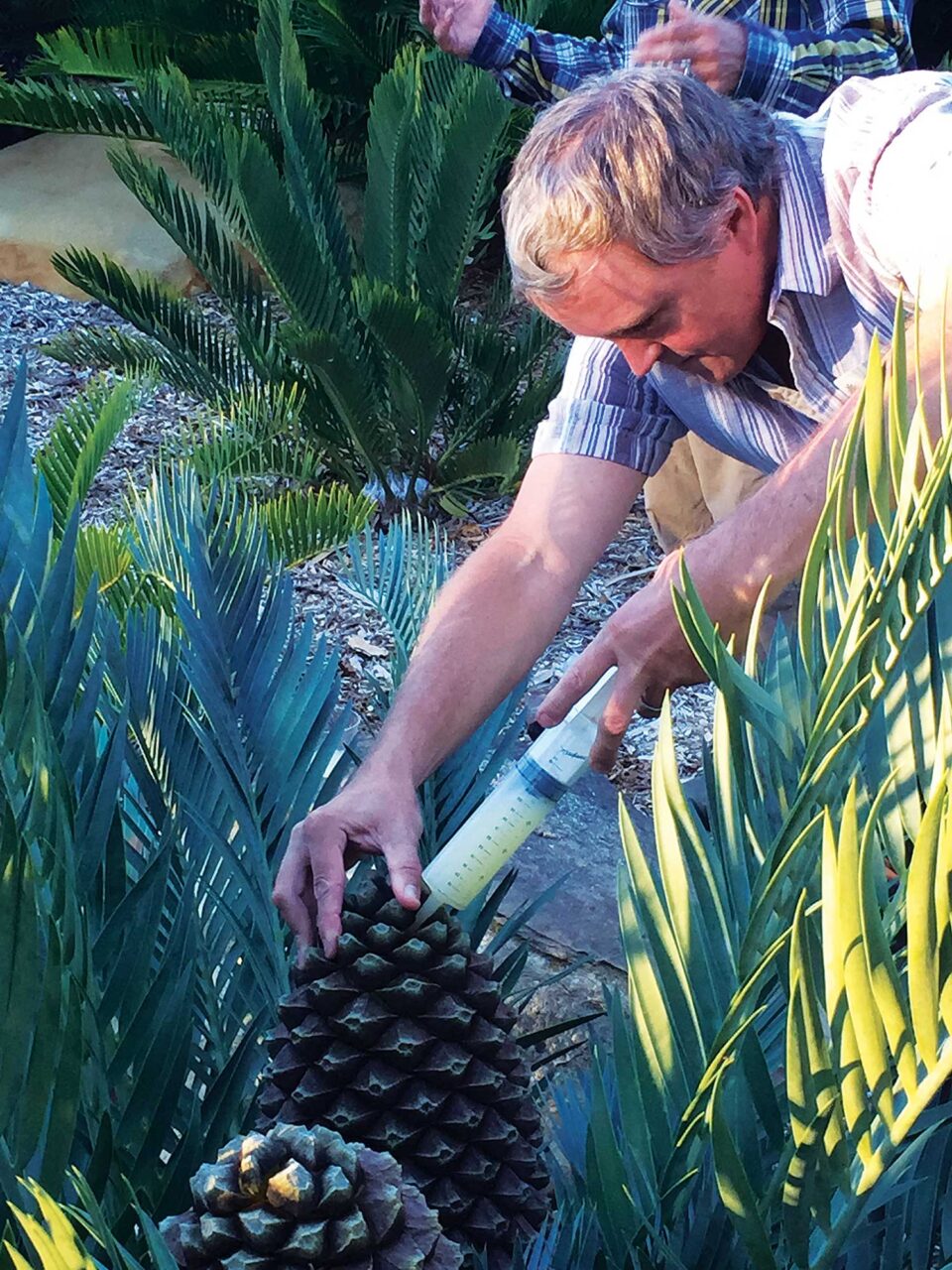

ENDOWMENT CAMPAIGN
Every established institution relies on a healthy endowment. A strong endowment provides non-profit organizations with financial security both by generating annual income, and by acting as a bridge in times of uncertainty Madame Walska’s vision for Lotusland, as a center of horticultural excellence, a magnificent botanical garden and a regional and national treasure has been realized. Now we must ensure a secure financial future by growing the endowment to sustain the living collections, facilities, and infrastructure, which need constant care and investment.
As the Garden has evolved, the need for a stable endowment has likewise grown. Currently Lotusland draws approximately $800,000 from a Board-designated fund in order to support its operations. A healthy endowment of $30 million would alleviate the need to draw on this fund, and would generate enough revenue to secure the Garden’s annual needs.
The Lotusland Forever campaign seeks to raise at least an additional $15 million in funds in order to fortify the existing endowment, sustain annual operations, and ensure the Garden’s future financial stability. Endowing individual gardens will likewise provide much needed funding for the ongoing maintenance and care that living collections require. And endowed positions and internships will ensure that Lotusland can recruit and retain a fully staffed operational team, allowing those who work at the Garden to continue their crucial work of plant conservation and horticultural education.
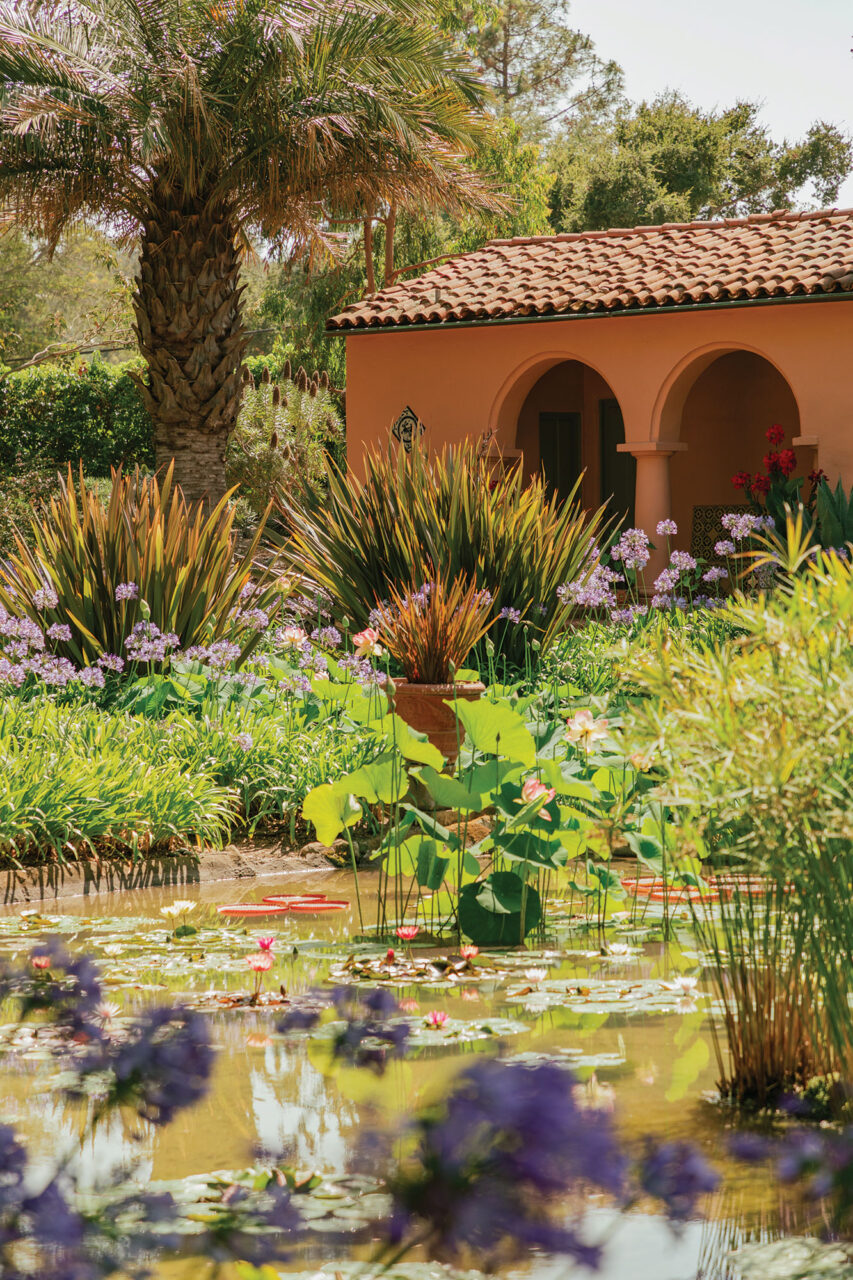
PRIORITY:
Endowing the Water Garden
The gardens of Lotusland range in size, diversity and maintenance needs. By establishing an endowment for each, the campaign will ensure that these collections will be protected and will flourish in perpetuity. One such example is the famed Water Garden, home to Lotusland’s iconic lotuses and waterlilies and featuring a bath house designed by George Washington Smith in 1925. When it was built in the 1920s, the Lotus Pond was the swimming pool for the previous owners, the Gavit family. Madame Walska filled the bottom with soil and gravel to bring the water level to its current three-foot depth and had it converted to a water garden. This Garden is a beloved refuge that puts on a magnificent display of its namesake flowers in the summer months. In many spiritual traditions around the world, the lotus flower is a symbol of life, renewal, and transcendence. By endowing this iconic garden, Lotusland may realize its annual garden and collections care and tending.
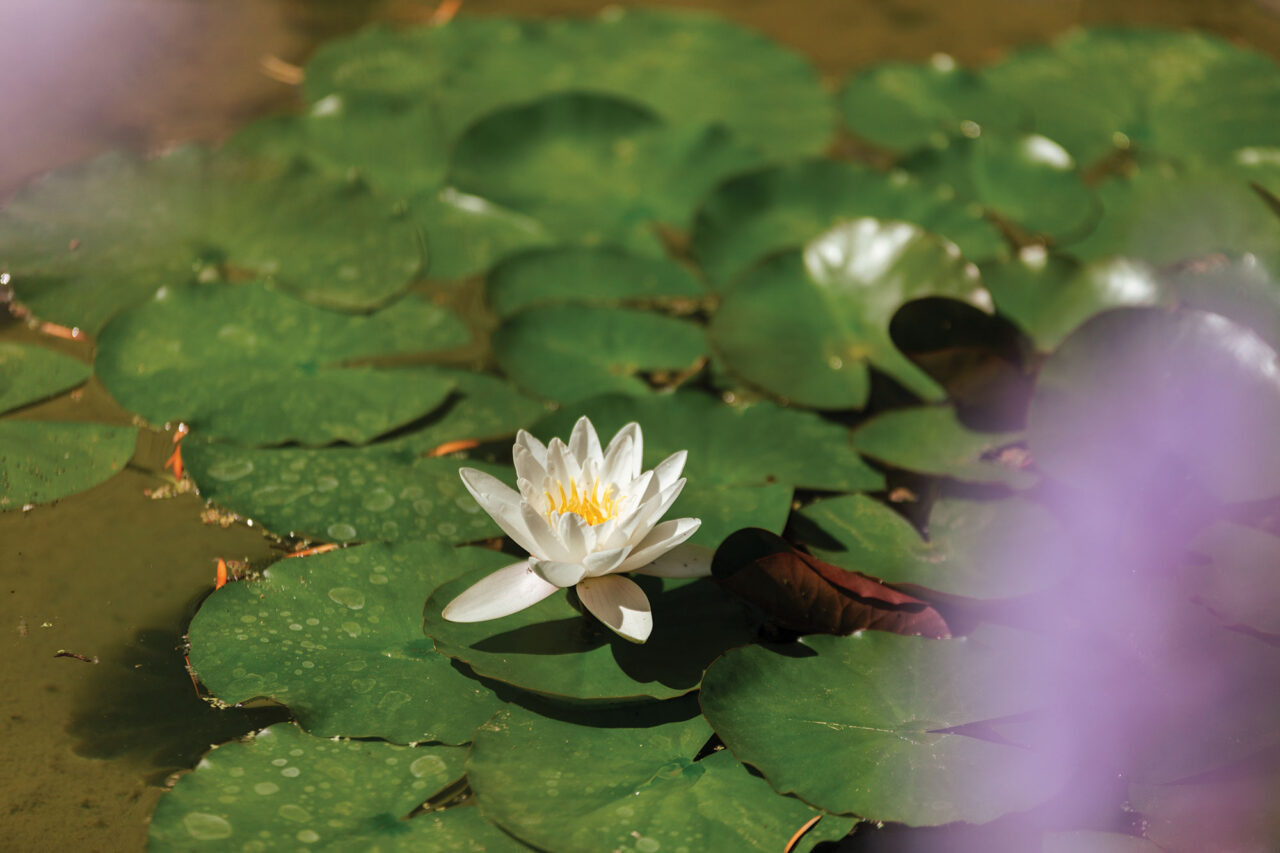
I hopefully dreamt that I might fulfill my work to develop Lotusland to its maximum capacity into the most outstanding center of horticultural significance and of educational use.— Madame Ganna Walska, Last Will & Testament

